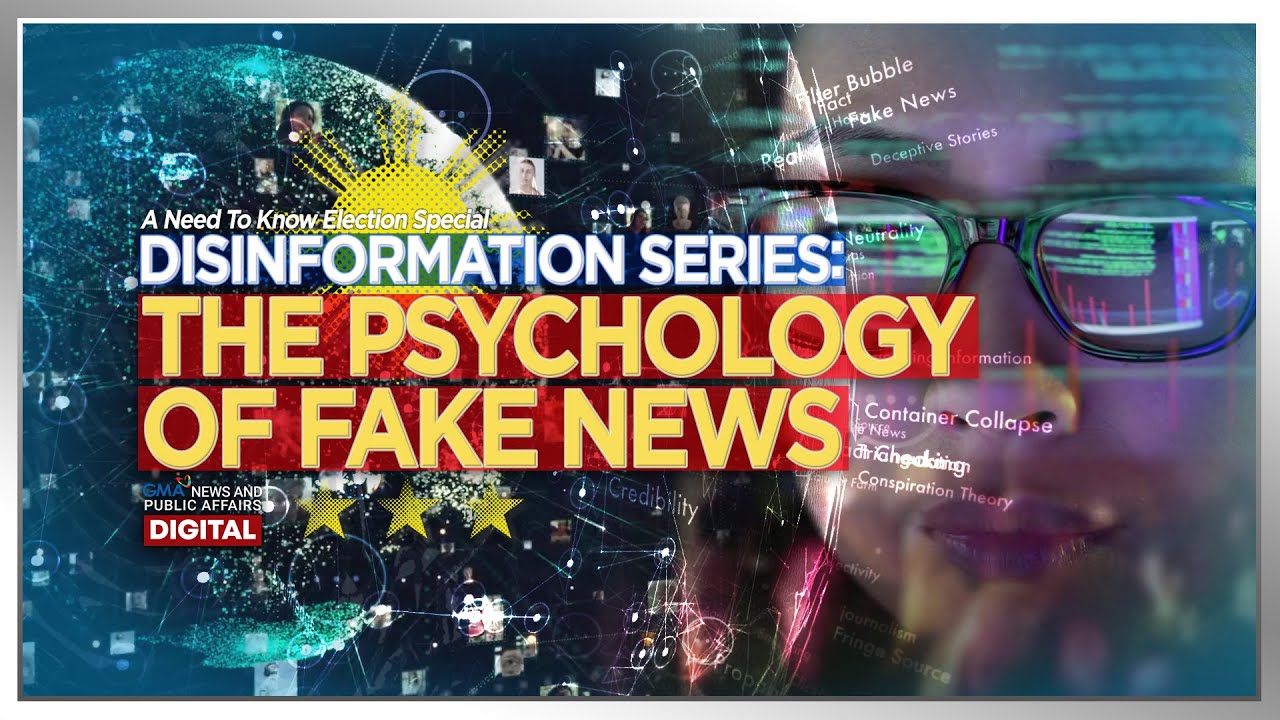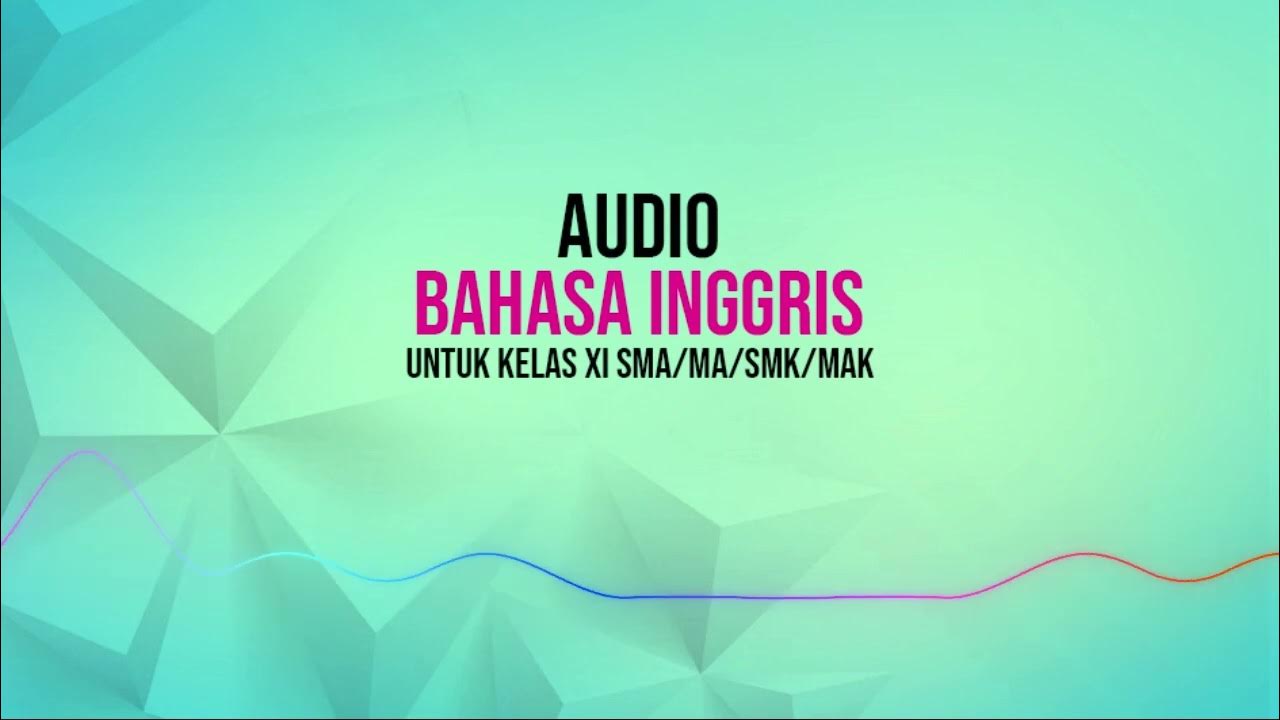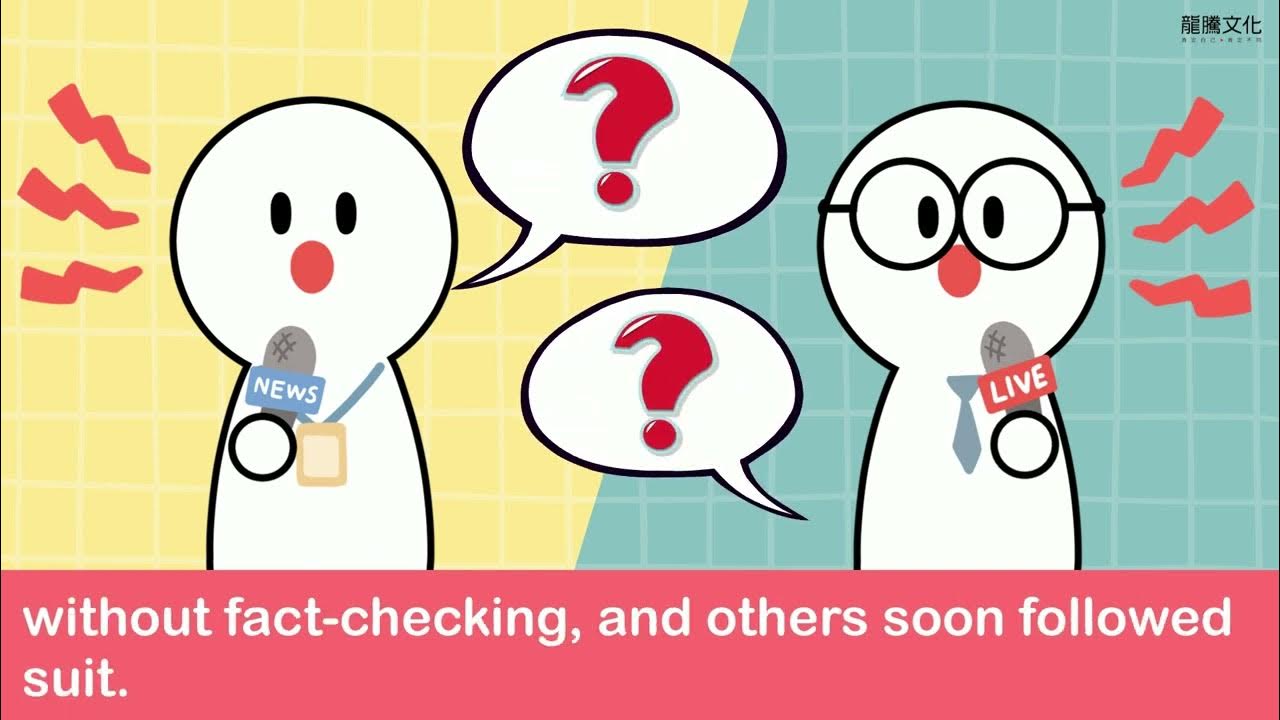How We Can Protect Truth in the Age of Misinformation
Summary
TLDRThe video script discusses the alarming spread of fake news and its impact on society, economies, and democracies. It recounts the 2013 AP hack that falsely reported an explosion at the White House, causing a stock market crash. It also details Russia's Internet Research Agency's misinformation campaigns during the 2016 US election. The script explores why false news spreads faster than the truth, driven by novelty and human psychology. It warns of the impending threat of synthetic media, powered by generative adversarial networks, which can create convincing fake videos and audio. The speaker calls for vigilance and reliance on trusted news sources to navigate the era of misinformation.
Takeaways
- 🚨 A false tweet by the Associated Press in 2013 about explosions at the White House led to a stock market crash, demonstrating the impact of misinformation on financial markets.
- 🌐 The Internet Research Agency, linked to the Kremlin, was involved in spreading misinformation on social media platforms to influence the 2016 US presidential election.
- 📊 A study by Oxford University revealed that a third of social media content about the Swedish elections was fake or misinformation.
- ⏰ Misinformation on social media can have severe consequences, such as delaying first responders in emergency situations and leading to loss of lives.
- 📉 The spread of fake news is more rapid and extensive than true news, with false political news being particularly viral.
- 🤖 Bots play a role in spreading misinformation, but they are not solely responsible for the differential diffusion of truth and falsity online.
- 🧠 Humans are more likely to share novel information, which often includes false news, as it makes them appear knowledgeable and increases their perceived status.
- 🎭 Synthetic media, powered by technologies like generative adversarial networks, is becoming increasingly convincing and poses a threat to the authenticity of visual and audio content.
- 🛡️ Addressing the spread of misinformation requires a multifaceted approach, including labeling, incentives, regulation, transparency, and the development of algorithms to detect fake news.
- 🌟 The speaker emphasizes the importance of defending the truth against misinformation through technology, policy, and individual responsibility.
Q & A
What was the impact of the false tweet by Syrian hackers on the Associated Press in 2013?
-The false tweet about explosions at the White House and injuries to President Barack Obama led to a stock market crash, wiping out $140 billion in equity value in a single day.
Who was indicted by Robert Mueller for meddling in the 2016 U.S. presidential election?
-Three Russian companies and 13 Russian individuals were indicted for a conspiracy to defraud the United States through social media manipulation.
What was the role of the Internet Research Agency during the 2016 U.S. presidential election?
-The Internet Research Agency, a shadowy arm of the Kremlin, created and propagated fake news and misinformation on social media platforms to sow discord during the election.
How did the spread of fake news affect the Swedish elections according to an Oxford University study?
-A third of all information spreading on social media about the Swedish elections was found to be fake or misinformation.
What are the potential consequences of misinformation during emergency situations like terrorist attacks or natural disasters?
-Misinformation can lead to lost minutes and lives during emergency responses, as it can misguide first responders about the location of terrorists or trapped individuals.
How did the study published in Science in March 2017 analyze the spread of true and false news on Twitter?
-The study analyzed verified true and false news stories on Twitter from 2006 to 2017, comparing their diffusion, speed, depth, and breadth of spread.
What was the 'novelty hypothesis' proposed to explain why false news spreads more widely on social media?
-The 'novelty hypothesis' suggests that humans are drawn to and share novel information because it makes them seem knowledgeable and increases their perceived status.
What role do bots play in the spread of misinformation according to the speaker's research?
-Bots accelerate the spread of both false and true news online, but they are not responsible for the differential diffusion of truth and falsity, as humans are the primary agents in spreading misinformation.
What are generative adversarial networks and how do they contribute to the rise of synthetic media?
-Generative adversarial networks are machine learning models that consist of a generator creating synthetic media and a discriminator that tries to determine the authenticity of the media. This technology is contributing to the creation of very convincing fake videos and audio.
What are the potential dangers of synthetic media as described in the script?
-Synthetic media can be used to create convincing fake videos and audio, potentially making it look like anyone is saying anything, which can be dangerous for trust in information and the truth.
What are the five potential paths to address the problem of misinformation as outlined in the script?
-The five potential paths are labeling, incentives, regulation, transparency, and algorithms and machine learning technology to detect and dampen the spread of fake news.
Why is it important for humans to be involved in the technology designed to combat fake news?
-Humans must be involved because any technological solution is underpinned by ethical and philosophical questions about truth and falsity, and who has the power to define them.
Outlines

هذا القسم متوفر فقط للمشتركين. يرجى الترقية للوصول إلى هذه الميزة.
قم بالترقية الآنMindmap

هذا القسم متوفر فقط للمشتركين. يرجى الترقية للوصول إلى هذه الميزة.
قم بالترقية الآنKeywords

هذا القسم متوفر فقط للمشتركين. يرجى الترقية للوصول إلى هذه الميزة.
قم بالترقية الآنHighlights

هذا القسم متوفر فقط للمشتركين. يرجى الترقية للوصول إلى هذه الميزة.
قم بالترقية الآنTranscripts

هذا القسم متوفر فقط للمشتركين. يرجى الترقية للوصول إلى هذه الميزة.
قم بالترقية الآنتصفح المزيد من مقاطع الفيديو ذات الصلة

How we can protect truth in the age of misinformation | Sinan Aral

Fake news pandemic: Bakit marami ang nabibiktima ng Fake News sa social media | Need To Know

AUDIO BAHASA INGGRIS UNTUK KELAS XI SMA/MA/SMK/MAK

Matéria de Capa | Fake News, Ameaça Global | 09/05/2021

Fake News? // conceito e histórico

B5L2 課文動畫(英文字幕版)(Battling Fake News)
5.0 / 5 (0 votes)
